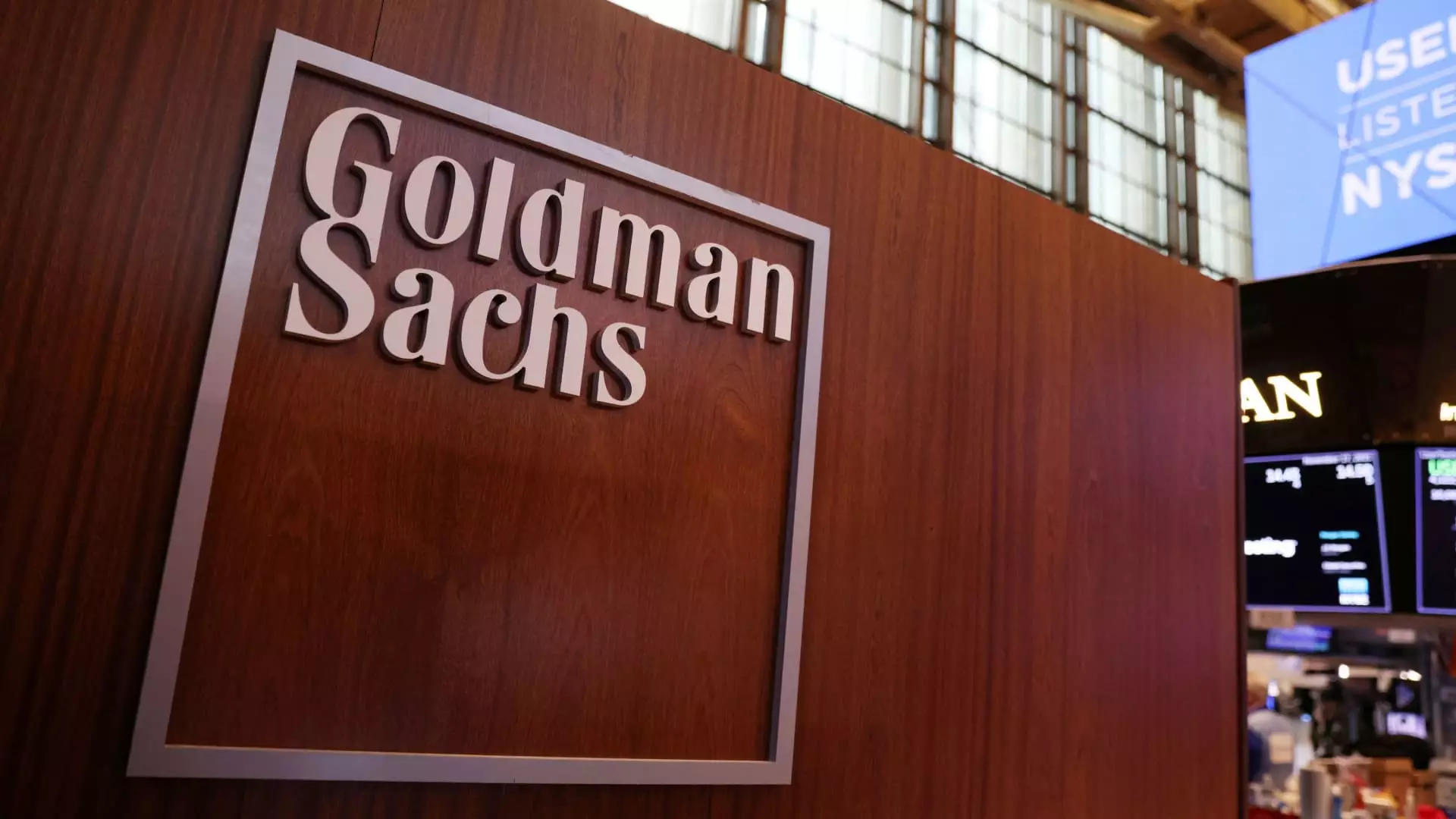The advent of autonomous artificial intelligence marks a seismic shift in how industries operate, especially in finance and technology. Goldman Sachs’ pioneering experiment with Devin, an AI-driven software engineer, exemplifies a broader trend: AI is not merely assisting human workers anymore—it is increasingly taking on complex, multi-layered tasks that once required human expertise. This development signifies not just an incremental upgrade but a fundamental transformation of the workplace landscape. The critical question is whether this evolution will serve as a formidable catalyst for innovation or become a source of disruption and anxiety among the workforce.
Goldman Sachs’s bold step of integrating Devin into their development teams speaks volumes about the growing confidence in AI’s capabilities. Unlike traditional automation tools, Devin and similar programs claim to handle intricate programming, make decisions, and execute multi-step projects with minimal human oversight. These advances suggest AI is venturing beyond auxiliary roles into core functions traditionally seen as the domain of skilled engineers. The real strength lies not only in efficiency gains but also in redefining what human-AI collaboration can look like—moving from support roles to true cooperative partners.
The Power of AI-Driven Productivity Gains
One of the most compelling aspects of this trend is the potential for productivity leapfrogging. Industry leaders estimate that AI could multiply efficiency by three or even four times, fundamentally changing the speed at which work gets done. At Goldman Sachs, for example, Devin will shoulder tasks that typically consume hours—updating codebases, translating languages, or refactoring legacy systems—accelerating workflows considerably. Such enhancements could ripple across entire sectors, dramatically reducing project timelines and costs, which ultimately benefits clients and shareholders alike.
However, this surge in productivity raises vital questions about the human role in such an automated environment. Will these gains come at the expense of employment? If AI can perform tasks historically associated with years of human expertise, are we heading toward widespread job displacement? The narrative, often focused on fears of unemployment, underestimates the potential for AI to augment human skills, encouraging a redefinition of roles rather than outright elimination. Still, the transition will likely be turbulent, requiring careful policy measures, workforce retraining, and a reevaluation of long-term employment strategies.
How AI Will Reshape the Workforce and Skill Sets
The future of work appears to be a hybrid ecosystem in which human ingenuity and machine intelligence coalesce. Goldman’s approach, articulated by Marco Argenti, envisions engineers acting as problem describers and supervisors—crafting prompts and overseeing AI-driven outputs. This new skill set—conceptual, linguistic, and supervisory—will become essential for any tech professional. The traditional programming role narrows, shifting from coding in isolation to framing problems in a way that AI can interpret and solve.
This transition underscores a fundamental paradigm shift: technical competence is no longer solely about writing code but about communicating complex problems clearly. Mastery of prompt engineering, understanding AI’s decision-making processes, and managing automated workflows will become core competencies. Such changes may democratize coding skills but also create a divide between those who can adapt quickly and those who can’t. The risk is a growing talent gap, where the most adaptable thrive, leaving others behind.
Implications for Business Strategy and Ethical Concerns
Businesses embracing autonomous AI cannot ignore the broader strategic implications. The competitive advantage gained from deploying AI like Devin is enormous, allowing firms to innovate faster and deliver more sophisticated solutions. Yet, reliance on AI also introduces vulnerabilities—potential security risks, biases in decision-making, and accountability challenges. These issues demand rigorous oversight and ethical frameworks, especially as AI begins making decisions with significant consequences.
Moreover, society’s response to these technological advances remains mixed. The narrative often oscillates between excitement for innovation and dread of job losses. While Argenti predicts a future where humans and AI coexist productively, the reality could be more complex. As sectors like banking, manufacturing, and services increasingly rely on autonomous agents, the political and social repercussions—such as heightened inequality and job displacement—must be addressed proactively. Ethical deployment of AI, transparency, and policies promoting inclusive growth are crucial to harnessing the benefits without exacerbating societal divides.
Looking Ahead: The Promise and Perils of Autonomous AI
The evolution of autonomous AI signals that we are on the cusp of an era where machines could perform tasks once thought to be solely human domains. This is undeniably exciting—it promises unrivaled efficiencies, innovation acceleration, and new possibilities unimagined before. However, it also forces us to confront critical questions about the ethical use of AI, the future of employment, and the ideals of human-AI collaboration.
As firms like Goldman Sachs lead the charge, the broader question remains: how do we balance the immense potential for growth with the need to protect our societies from disruption? AI’s capabilities are expanding rapidly, and with it, the stakes for responsible stewardship. The challenge will be to ensure that this powerful technology serves humanity’s best interests—advancing progress without sacrificing the human touch that gives work meaning, purpose, and social cohesion.

